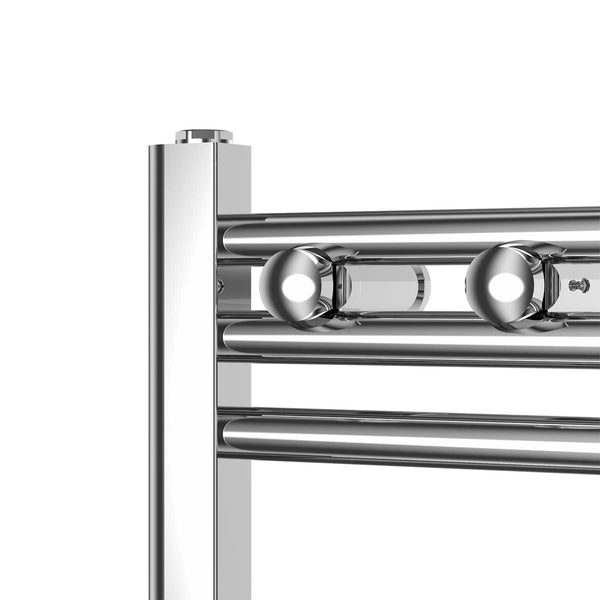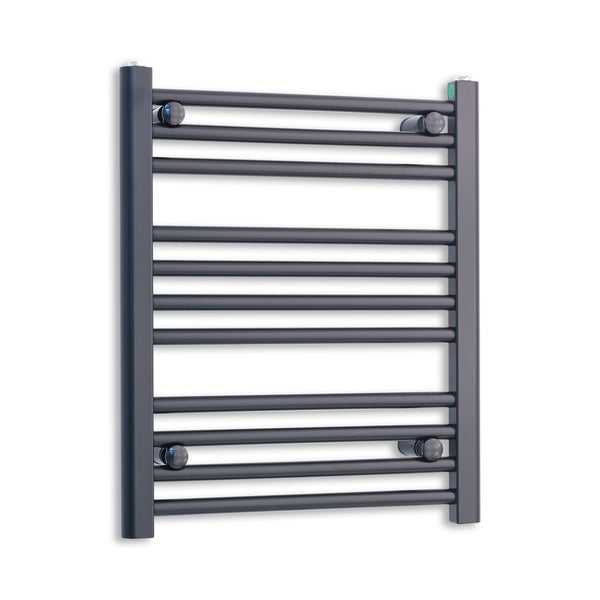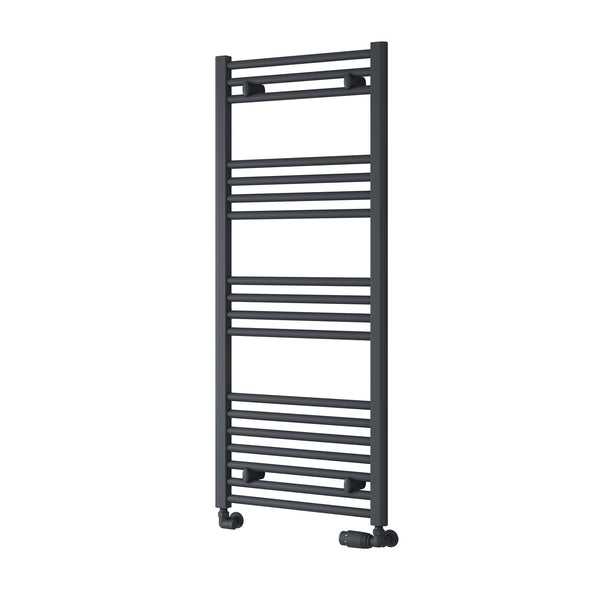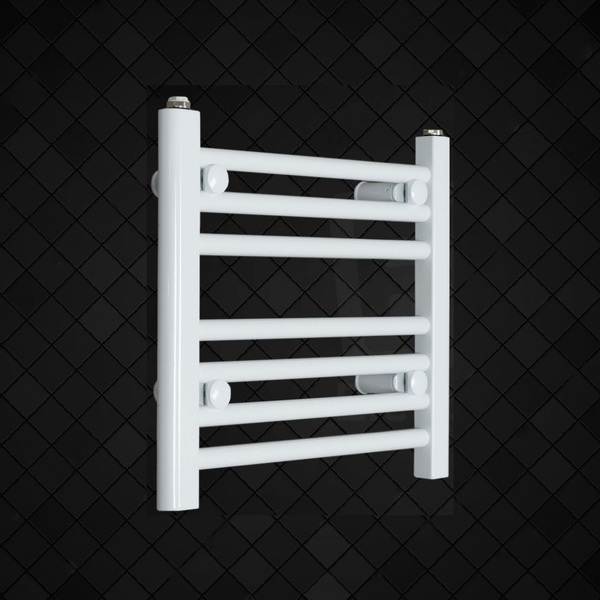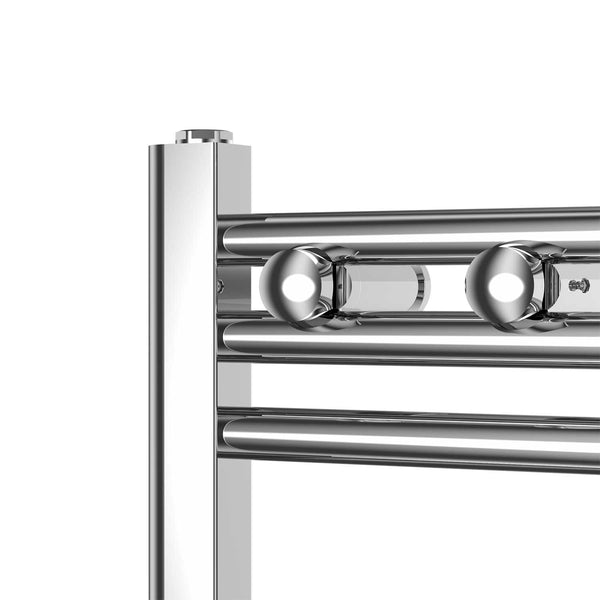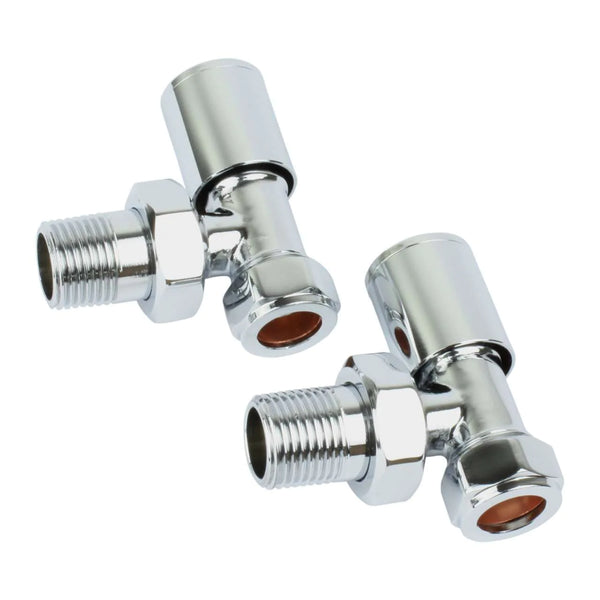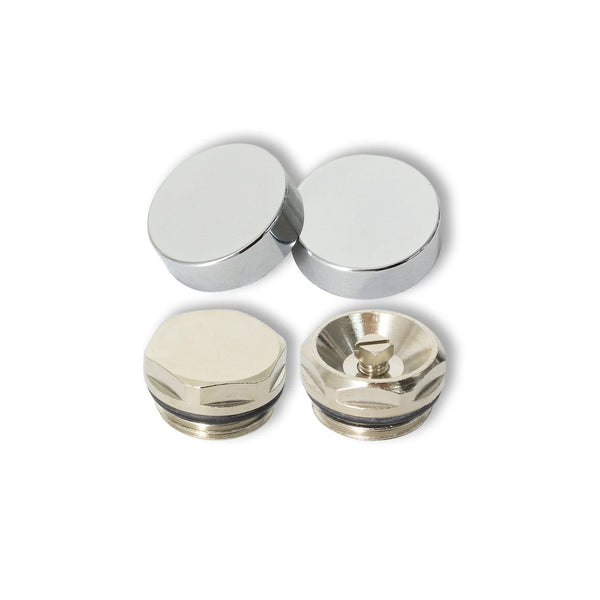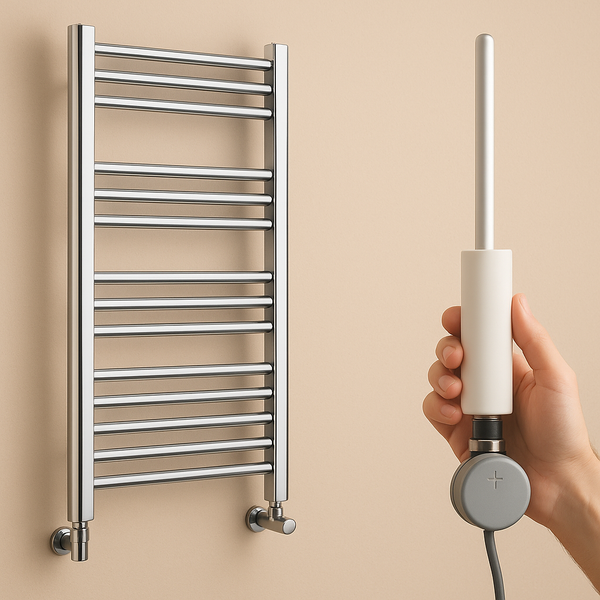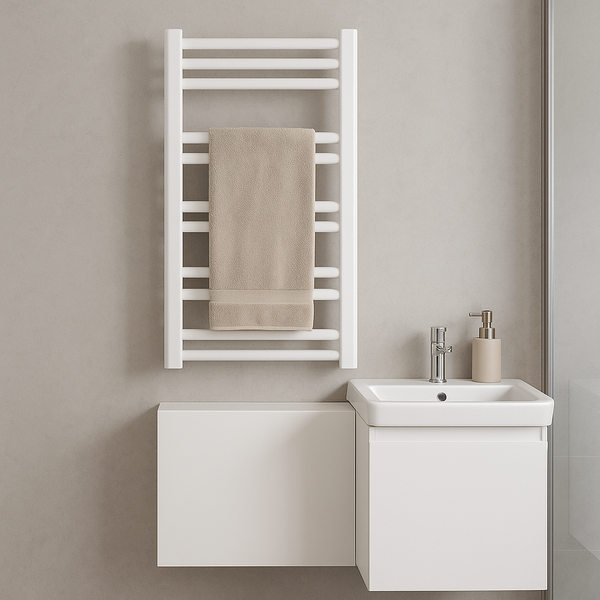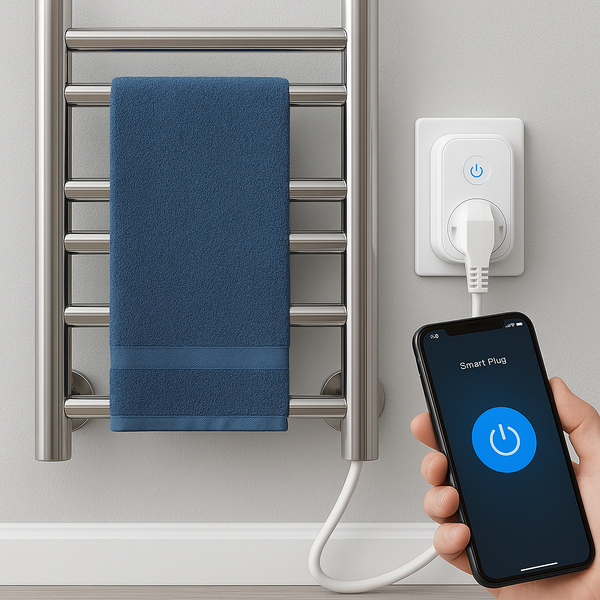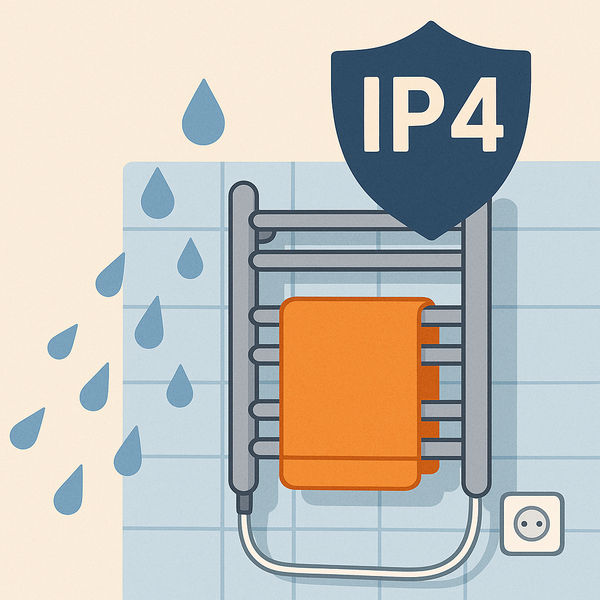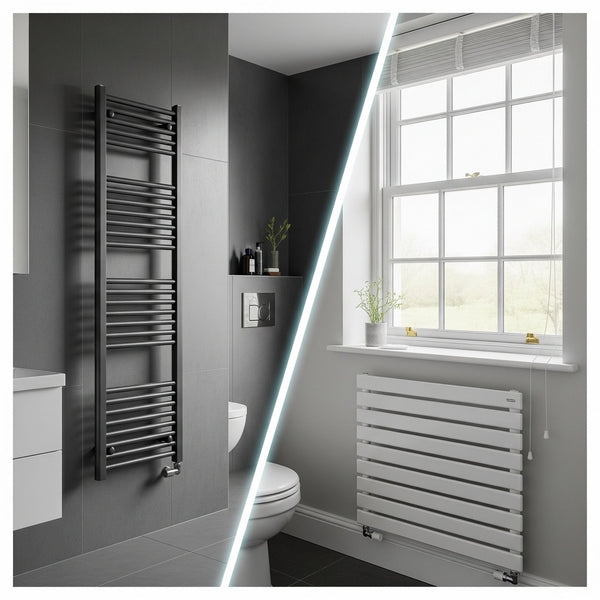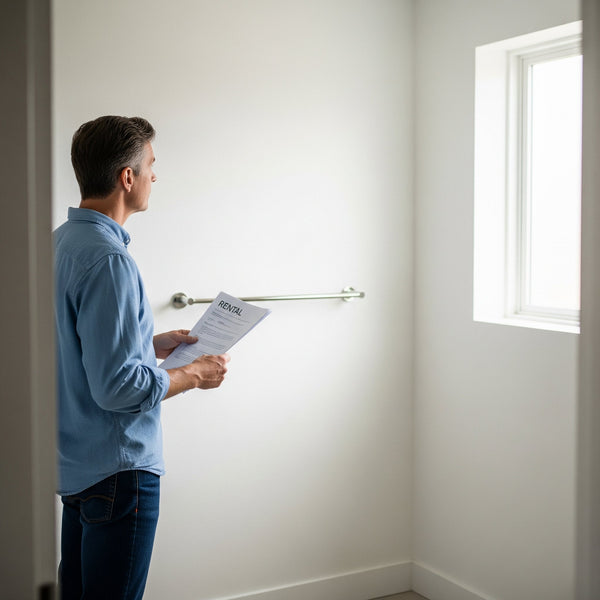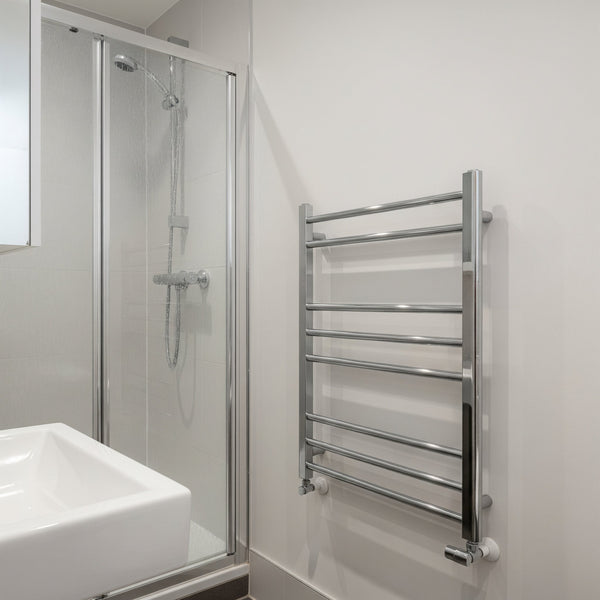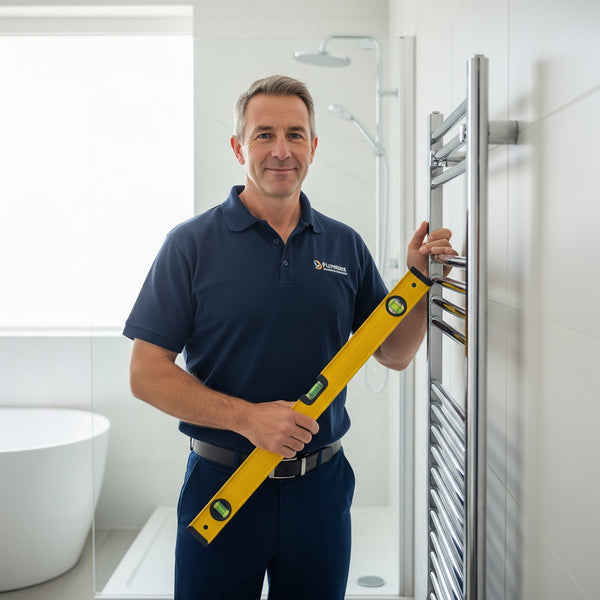Bleeding a Towel Radiator: 3 Steps for Optimal Heat
A properly working towel radiator not only keeps your towels warm and dry, but it also gives your bathroom a touch of luxury. Here is a thorough, step-by-step tutorial on how to bleed a towel radiator so that it remains hot and operates at its peak.
Understanding the Need for Bleeding a Towel Radiator
It's possible that trapped air is to blame if your towel radiator isn't operating at its best or if you detect cold areas at the top. Bleeding your towel radiator is a good way to get rid of this extra air and maximise the heat output by letting hot water fill the entire radiator.
Step 1: Gather Your Tools
Make sure you have all the required instruments on hand before you start the bleeding procedure. A radiator bleed key, a dry cloth to wipe away any remaining water, and an old towel or bucket to capture any leaking water are all required. The radiator bleed key may be purchased from any hardware store.
Step 2: Locate the Bleed Valve and Prepare for Bleeding
The bleed valve for your towel radiator is normally found at the top and on one side of the radiator. Before you start, make sure your heating system is turned off. To stop water damage to your floor, place a bucket or an old towel underneath the valve.
Put the radiator bleed key into the valve after you've located the bleed valve. Turn the key slowly in the other direction; often, a half- or quarter-turn is sufficient. As the air exits, you'll hear it hiss.
Step 3: Bleed the Radiator
Till water begins to pour out, which indicates that all the air has been released, let the air out. The water can be very hot during this operation, so use caution. Close the bleed valve by twisting the key anticlockwise until it is securely closed once the water begins to flow without making any sputtering or hissing noises.
After wiping away any extra moisture with a dry cloth, turn the heating back on to check the radiator's heat distribution. You've effectively bled your towel radiator if the entire radiator warms up uniformly.
Regular Maintenance for Optimal Performance
To guarantee optimum efficiency, bleeding your towel radiator should be done as part of your monthly radiator maintenance. Bleeding your radiator is advised to be done at least once a year. However, if you discover that your radiator frequently develops cold spots or fails to warm up properly, it can call for more frequent bleeding or expert treatment.
Safety Precautions When Bleeding a Towel Radiator
Although bleeding a towel radiator is quite straightforward, you must take a few safety precautions. Always wait until your radiator has cooled before beginning the bleed procedure. To prevent slips and falls, use caution when handling hot water and make sure to wipe up any spills right away.
To summarise, understanding how to bleed a towel radiator is a crucial skill that may help you keep your bathroom warm and cosy. It's a quick procedure that takes few tools, and it can significantly improve both the effectiveness of your radiator and your level of comfort.
1/2'' BSP Bleeding Valve for Heated Towel Rail Radiators
https://companyblue.co.uk/products/1-2-bsp-bleeding-valve-for-heated-towel-rail-radiators
Photo: ses home services
Source: how to bleed a bathroom radiator
